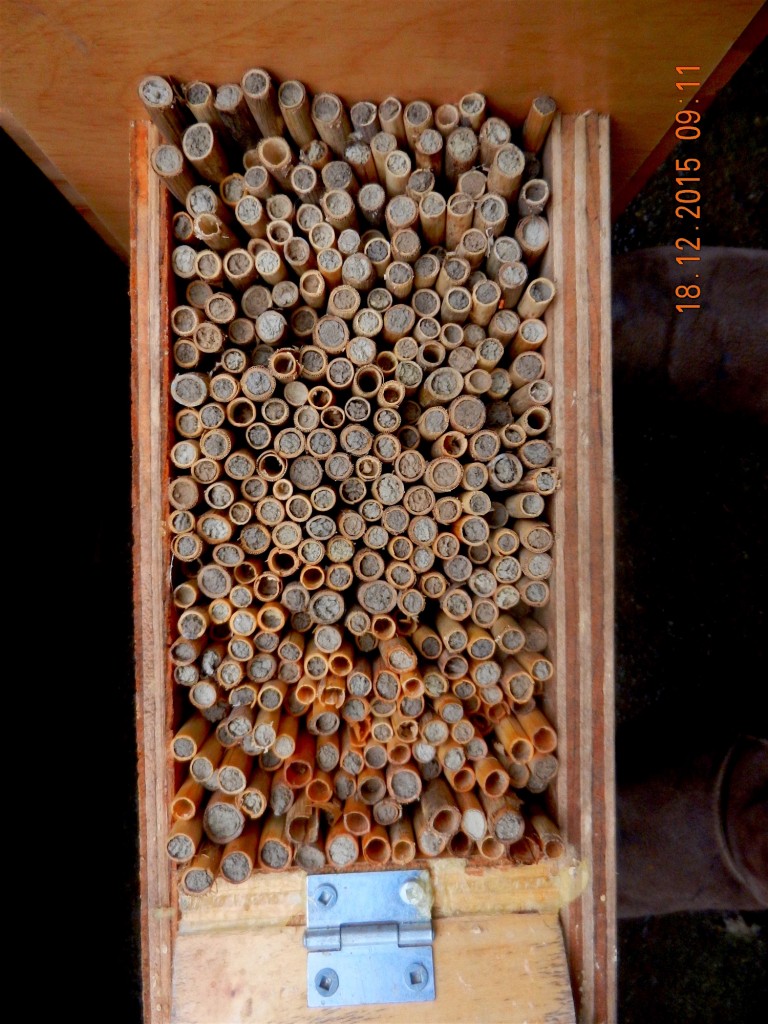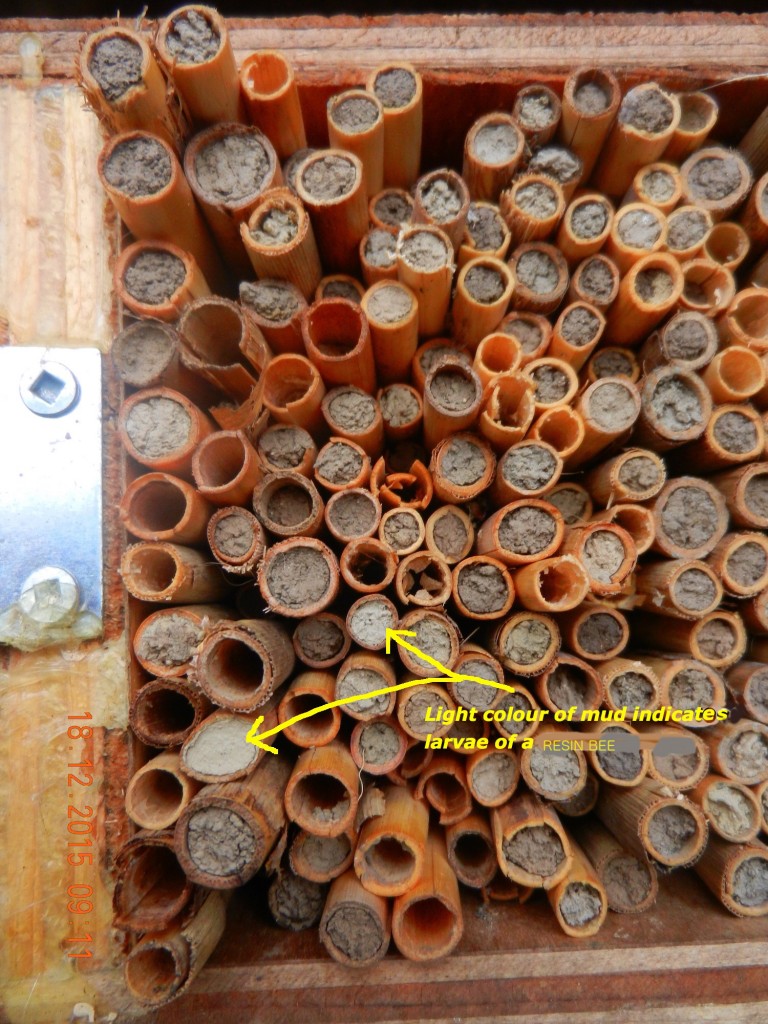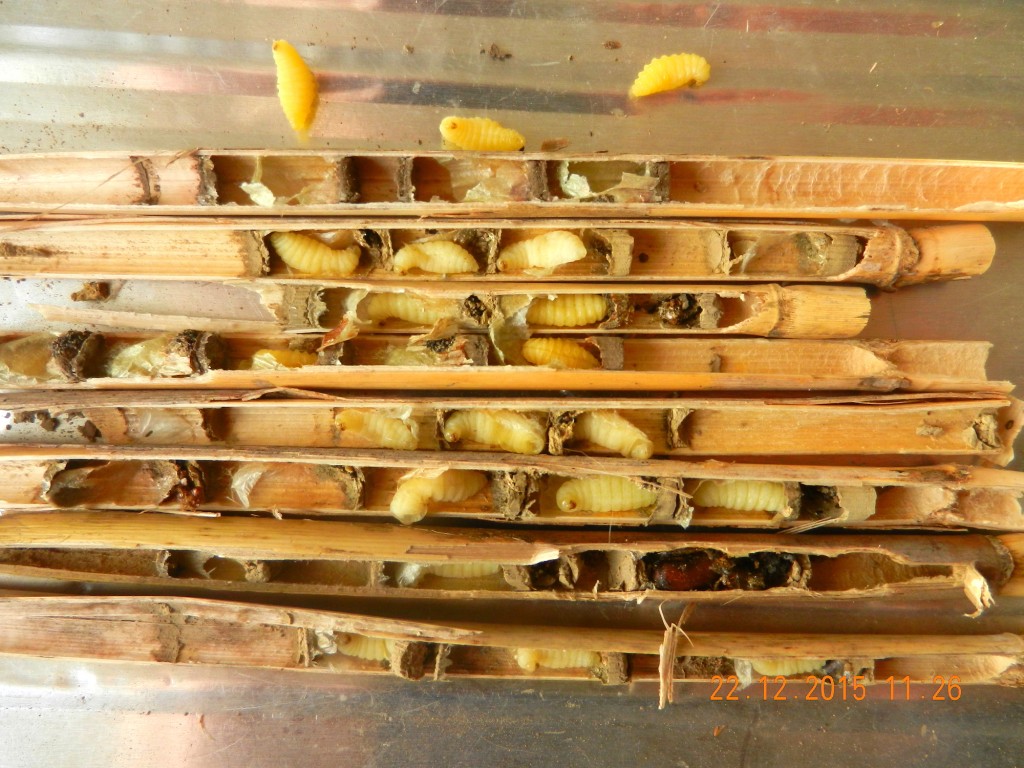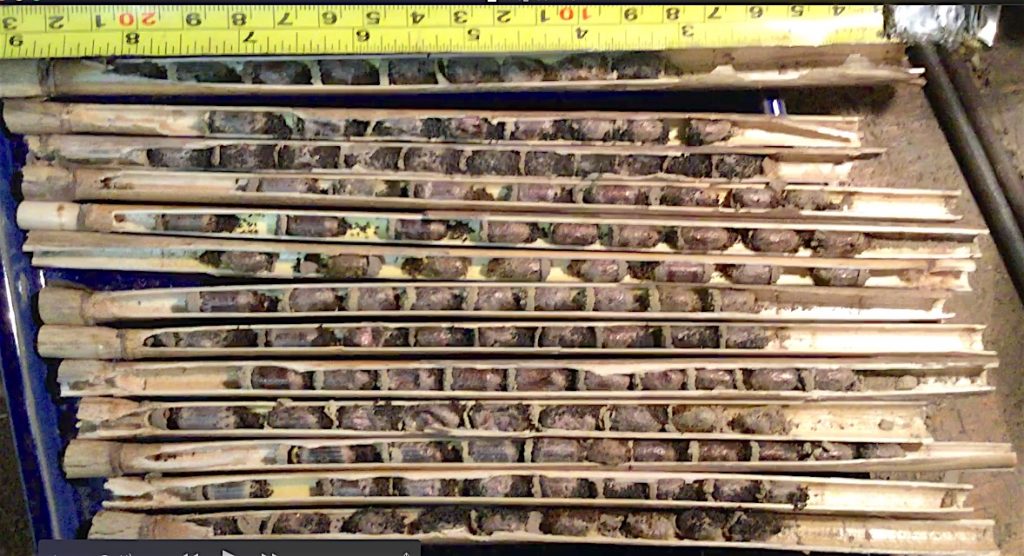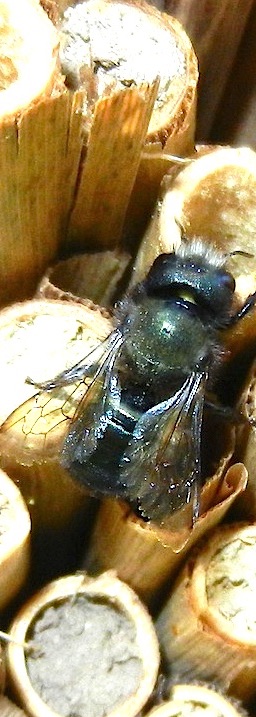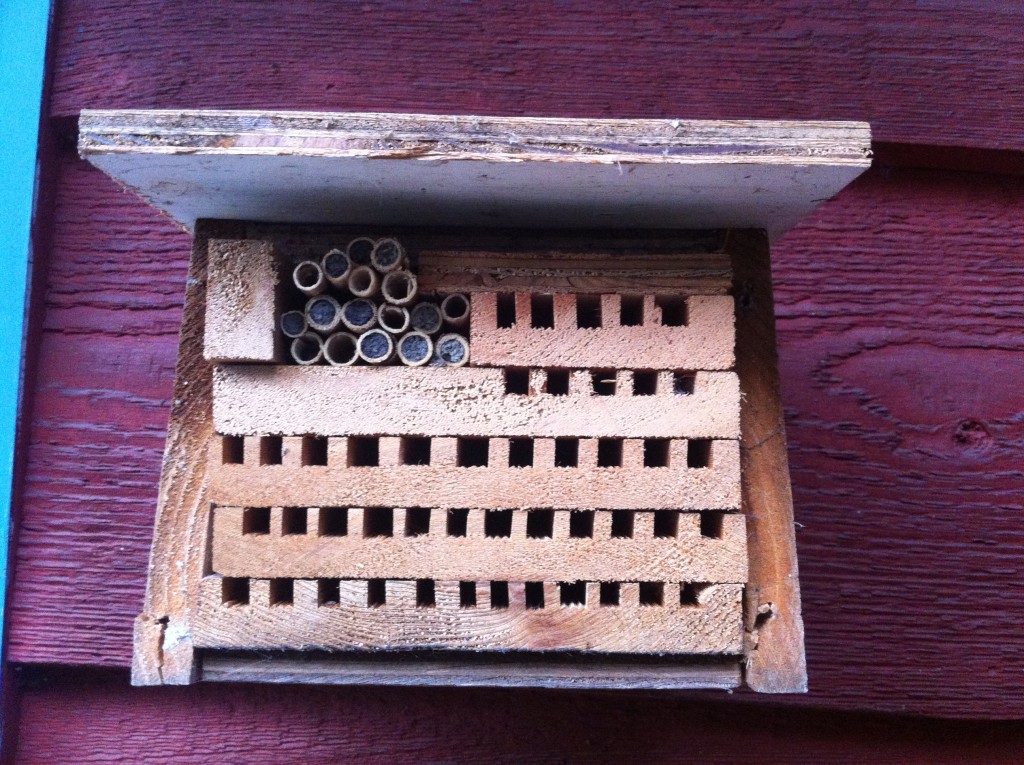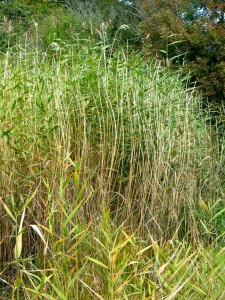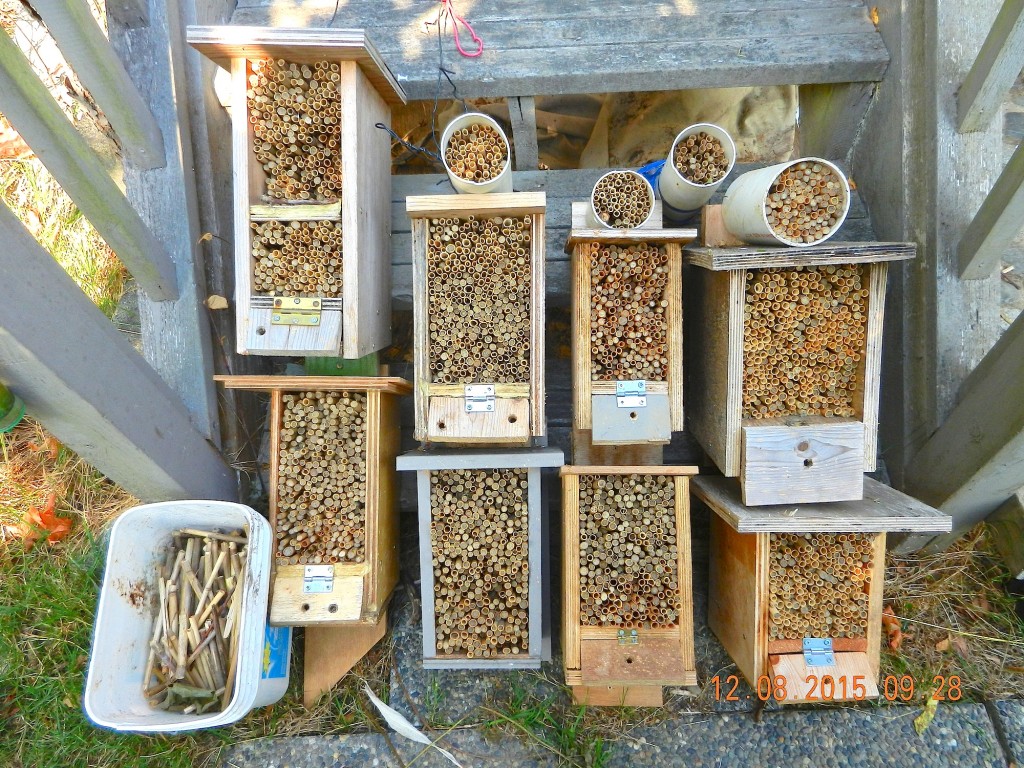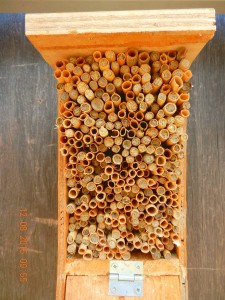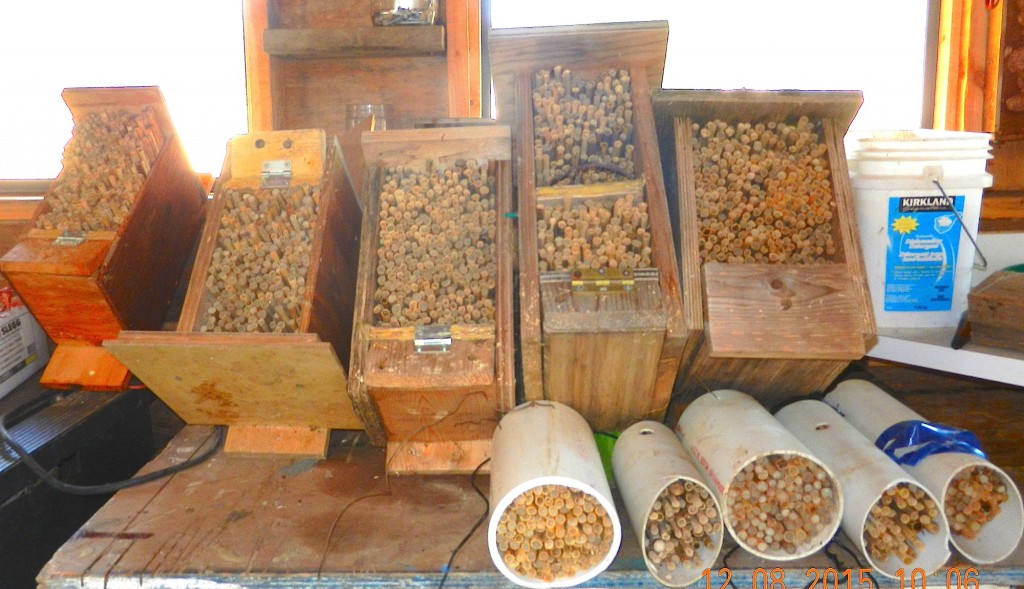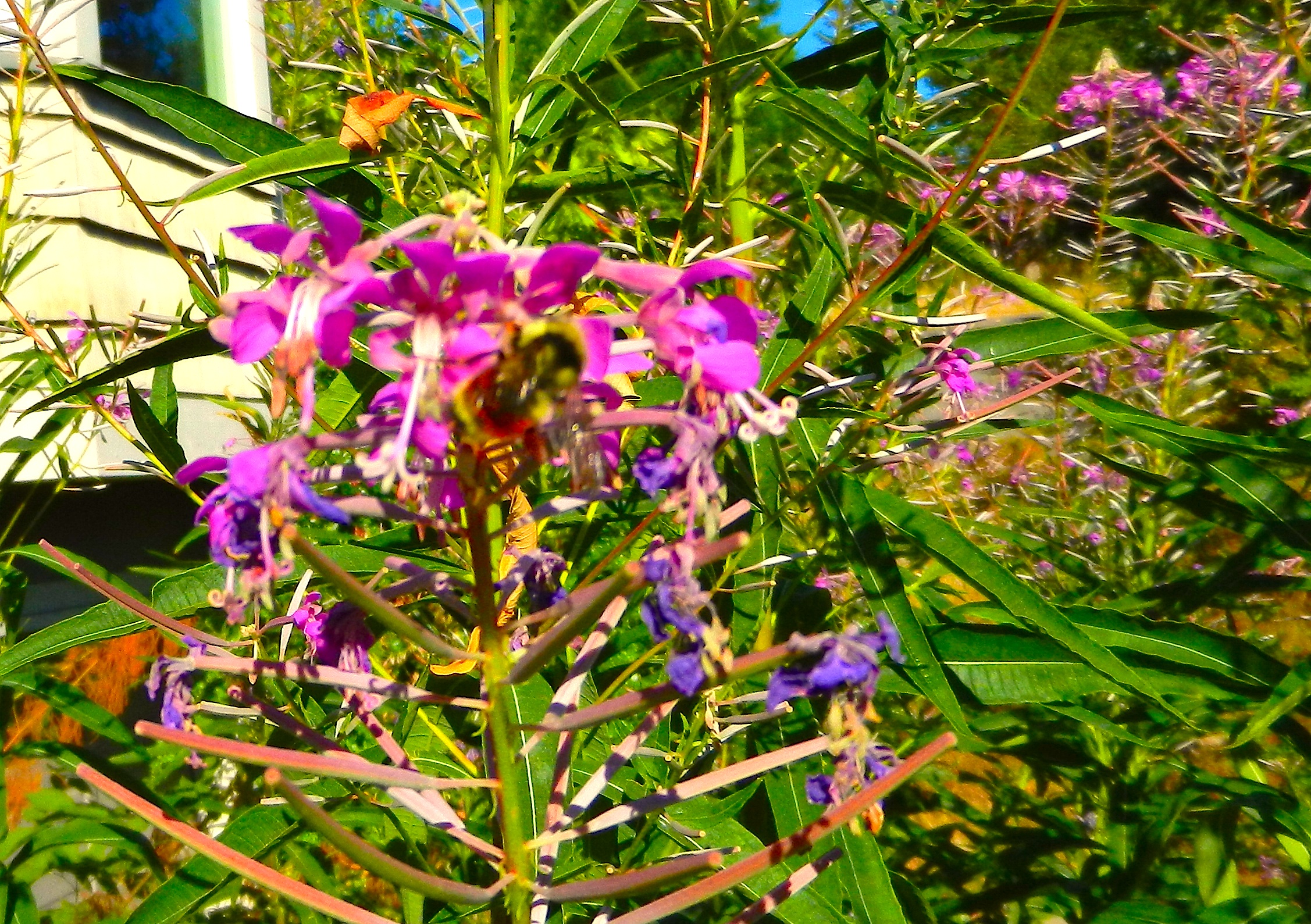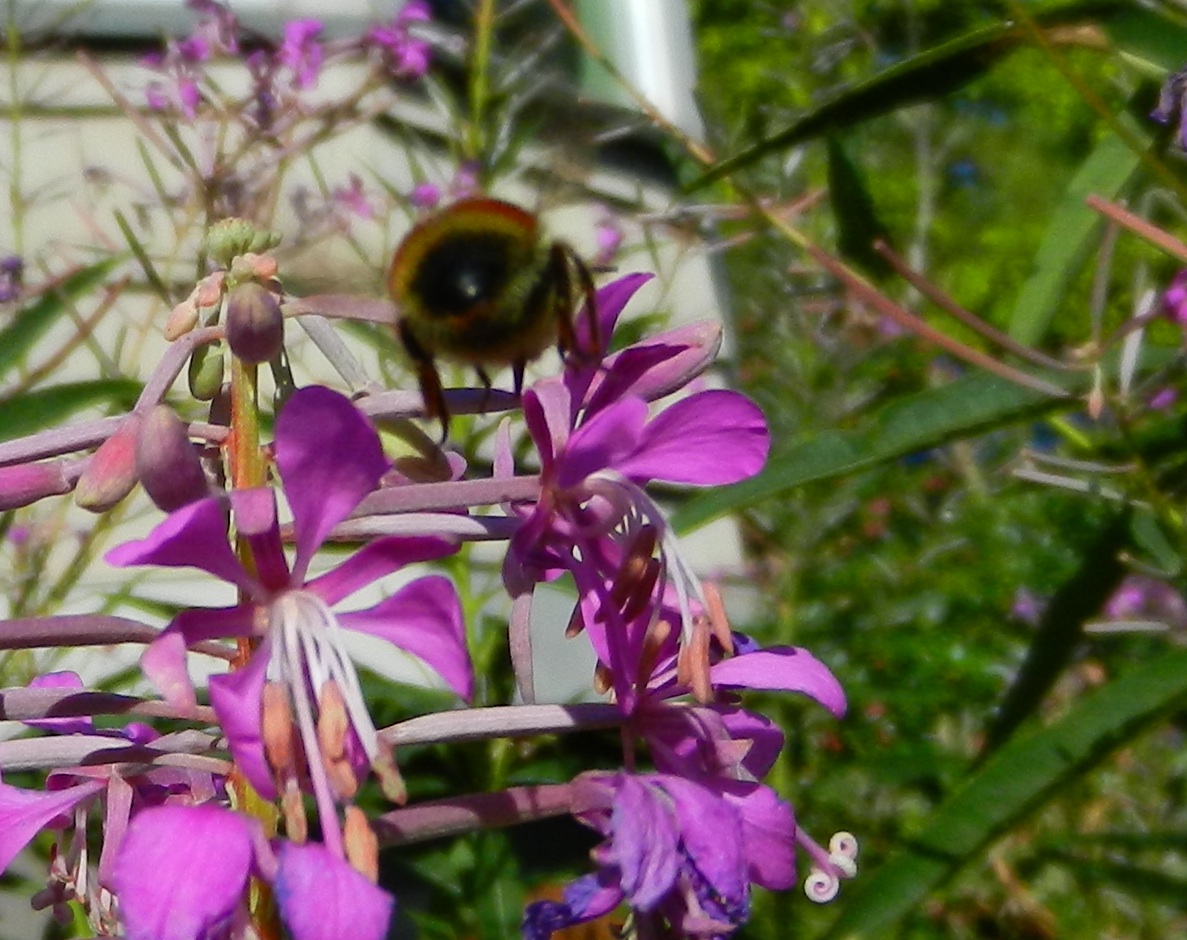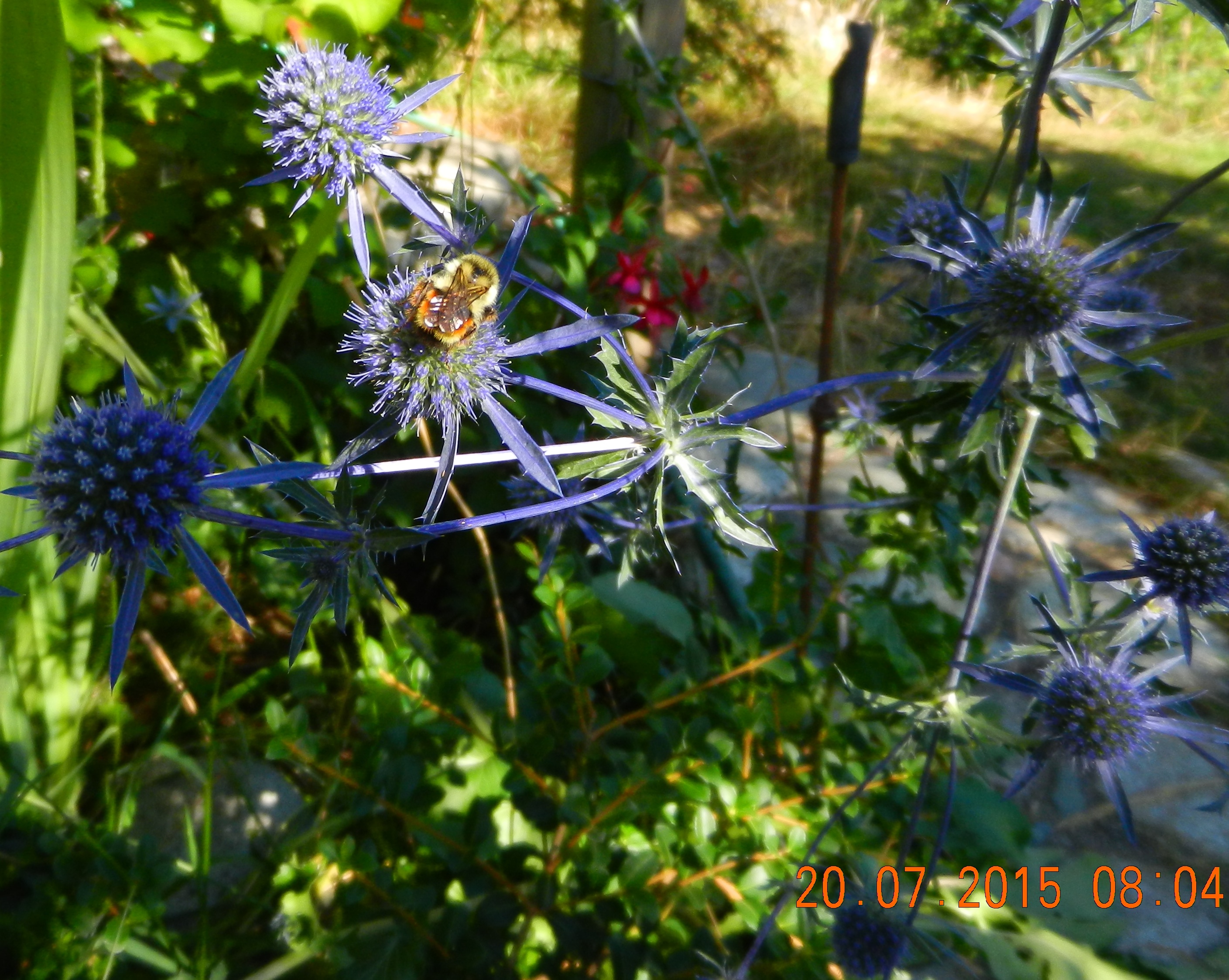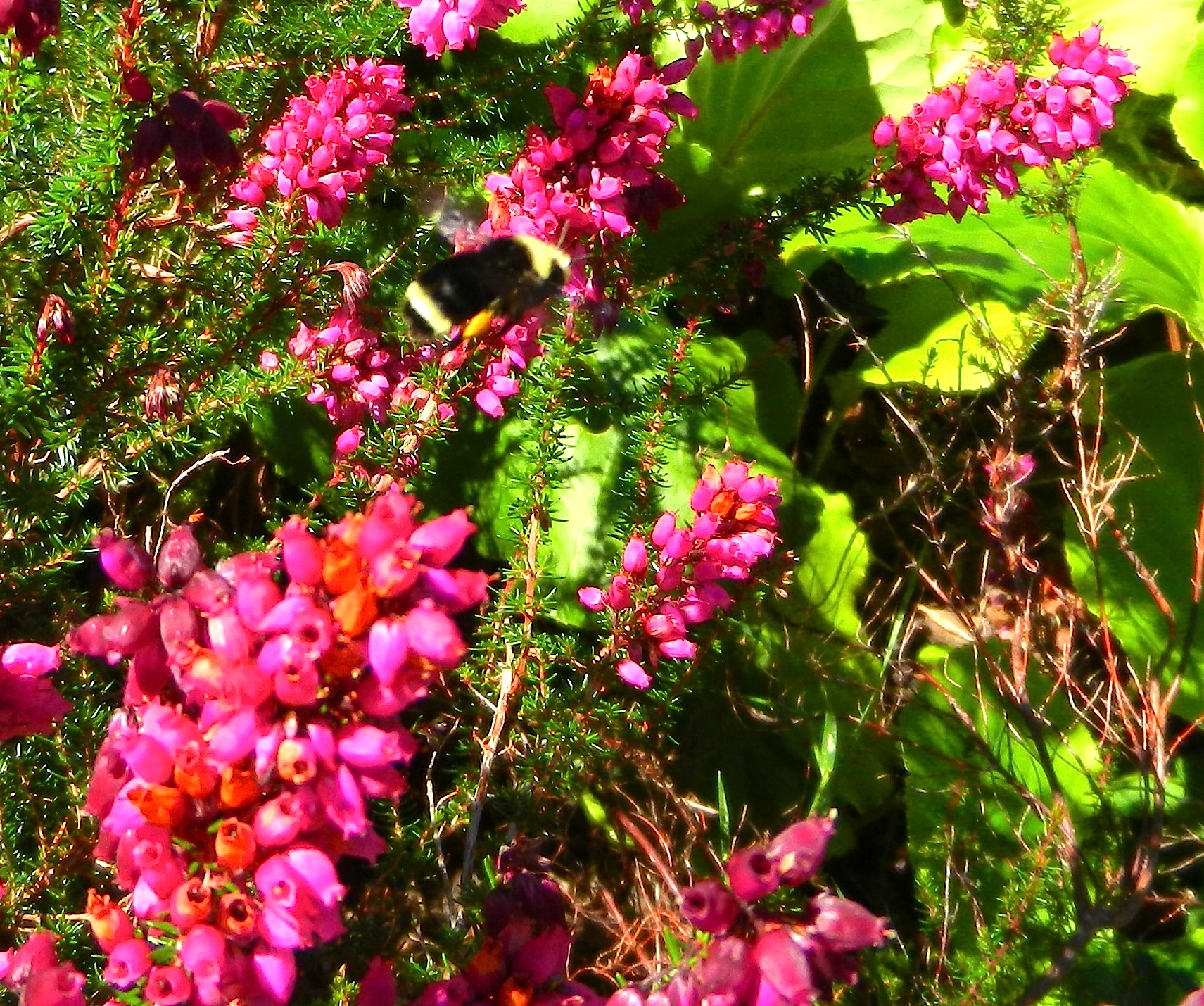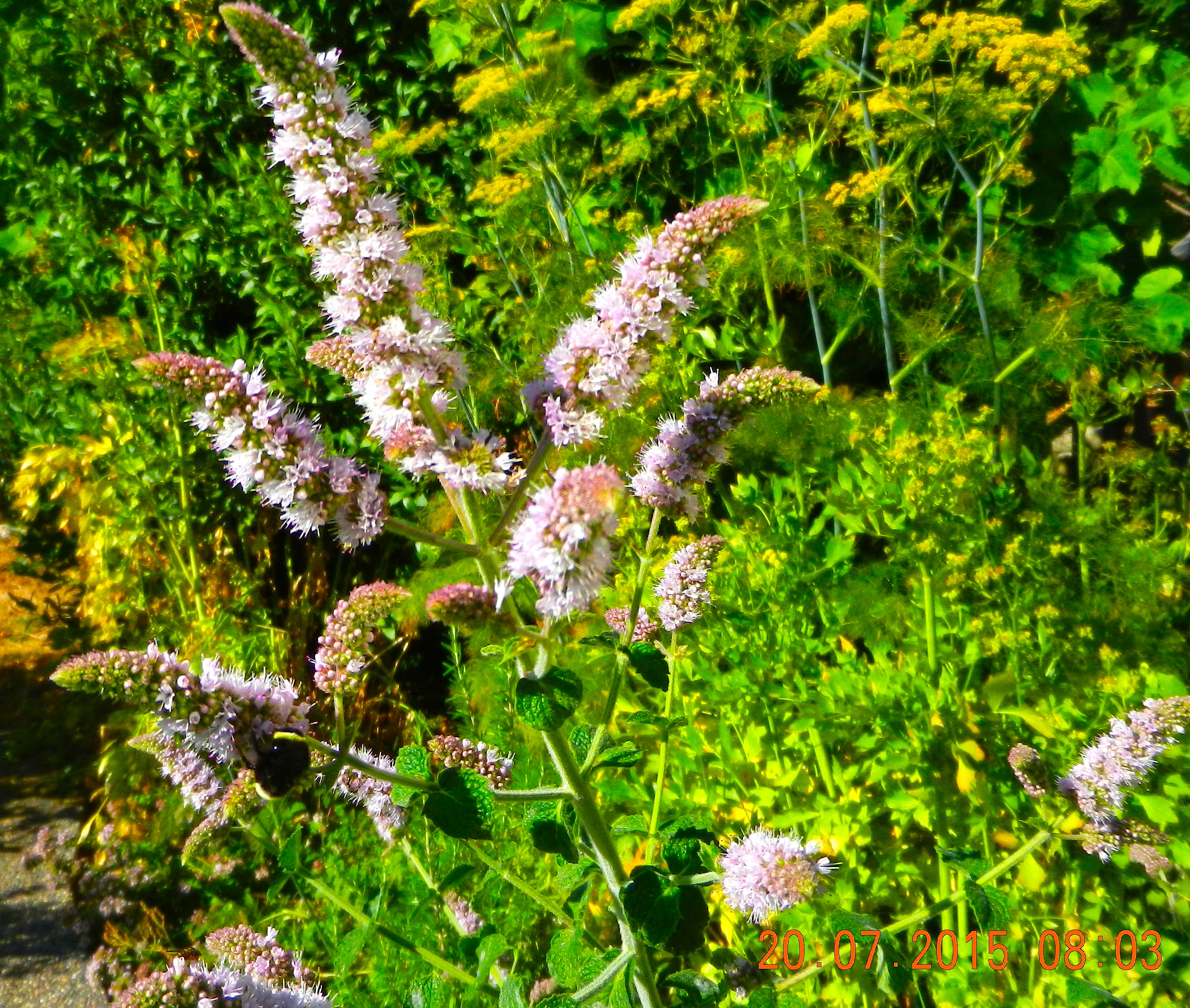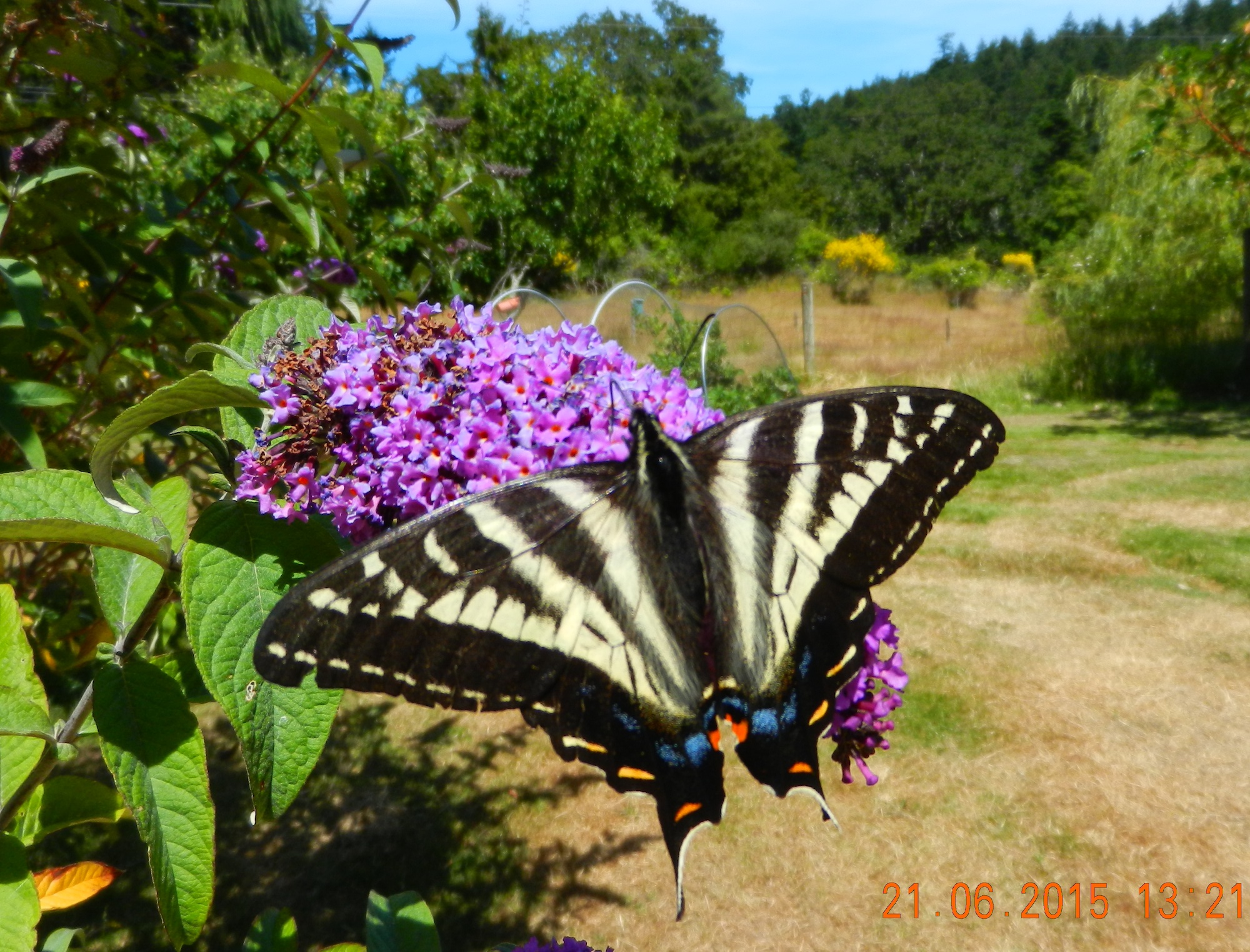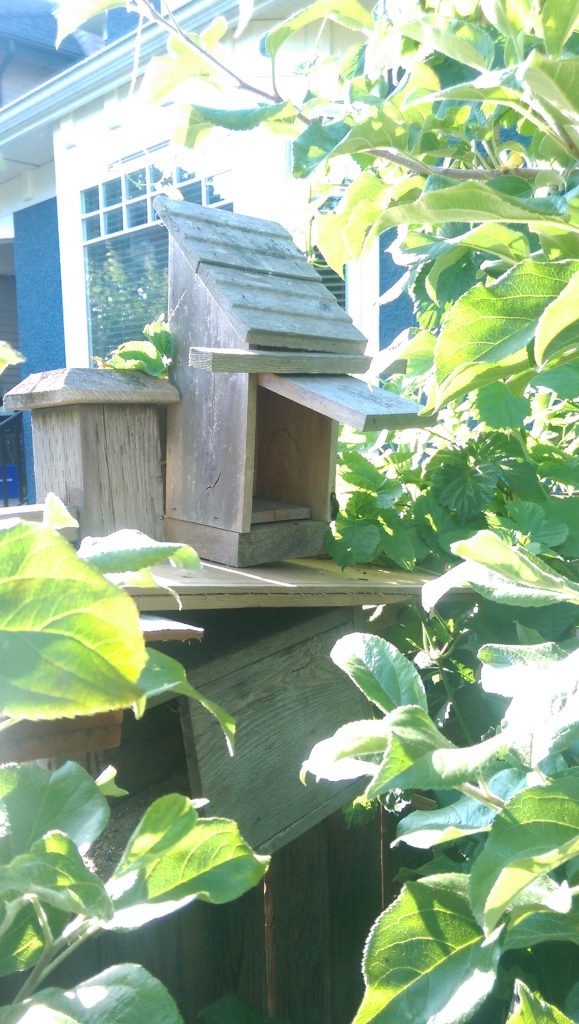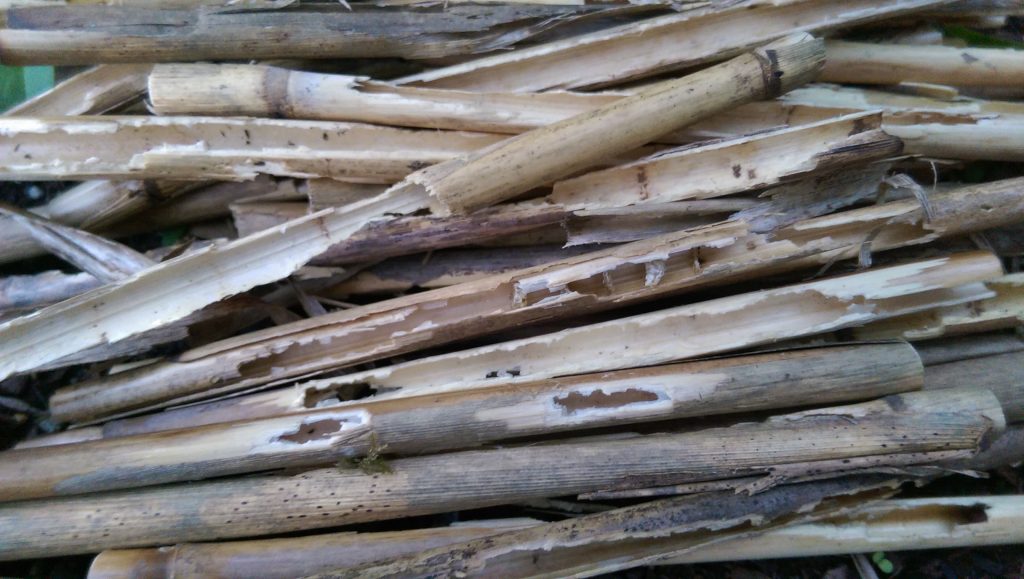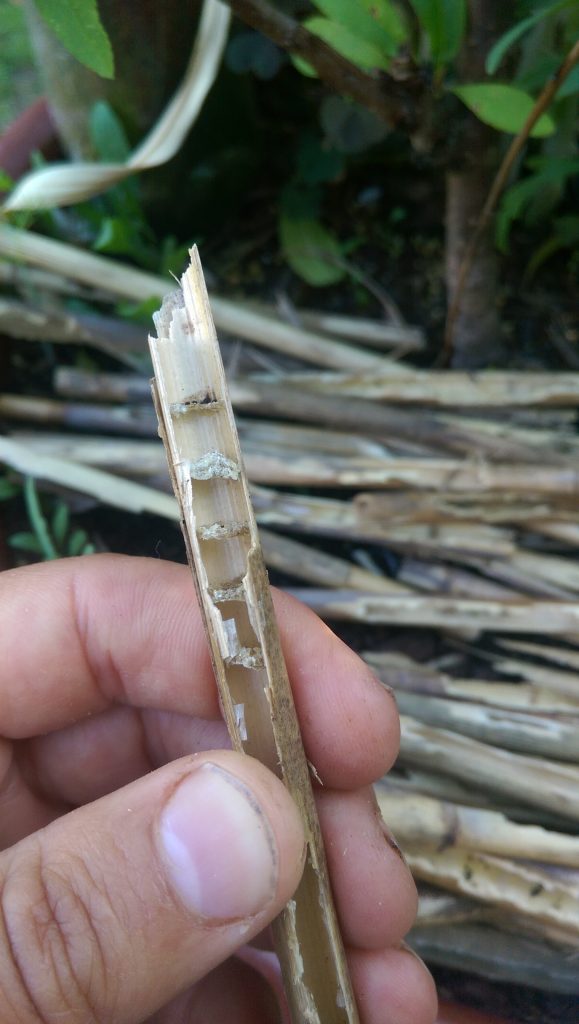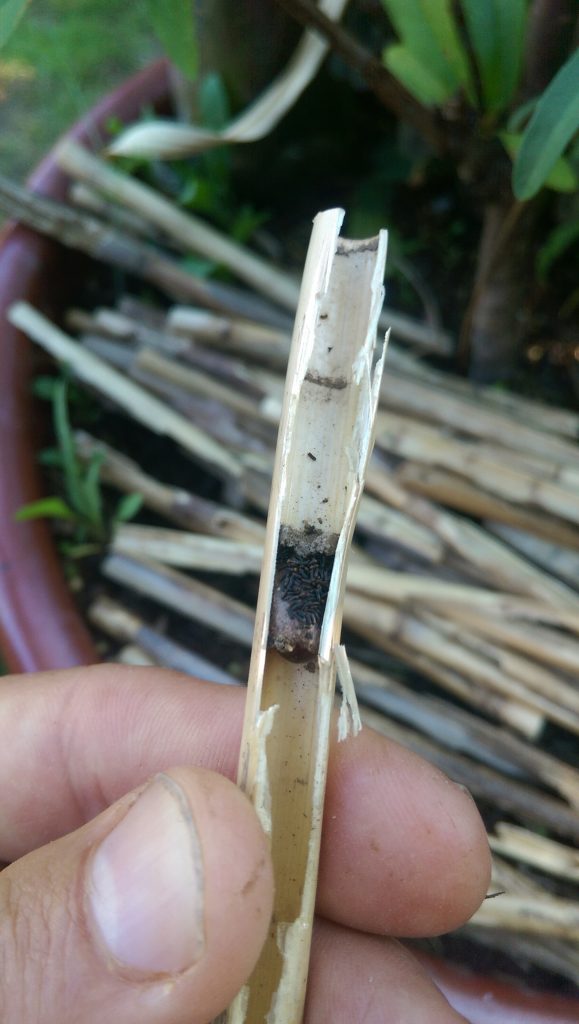ARCHIVAL: This post has been re-dated from 2015 in order to position it closer in the blog to Mason Bee Information
The native reed grass here on Vancouver Island, Phragmites australis subsp. americanus provides the best tubes as homes for Mason bee larvae. This is from the native, non-invasive reed grass.
I am selling these for $10.00 for 2 dozen tubes.(OLD PRICE) They can be used one season, then split open easily to harvest mason bee cocoons for the next year’s pollination season. (and then added to your compost!)
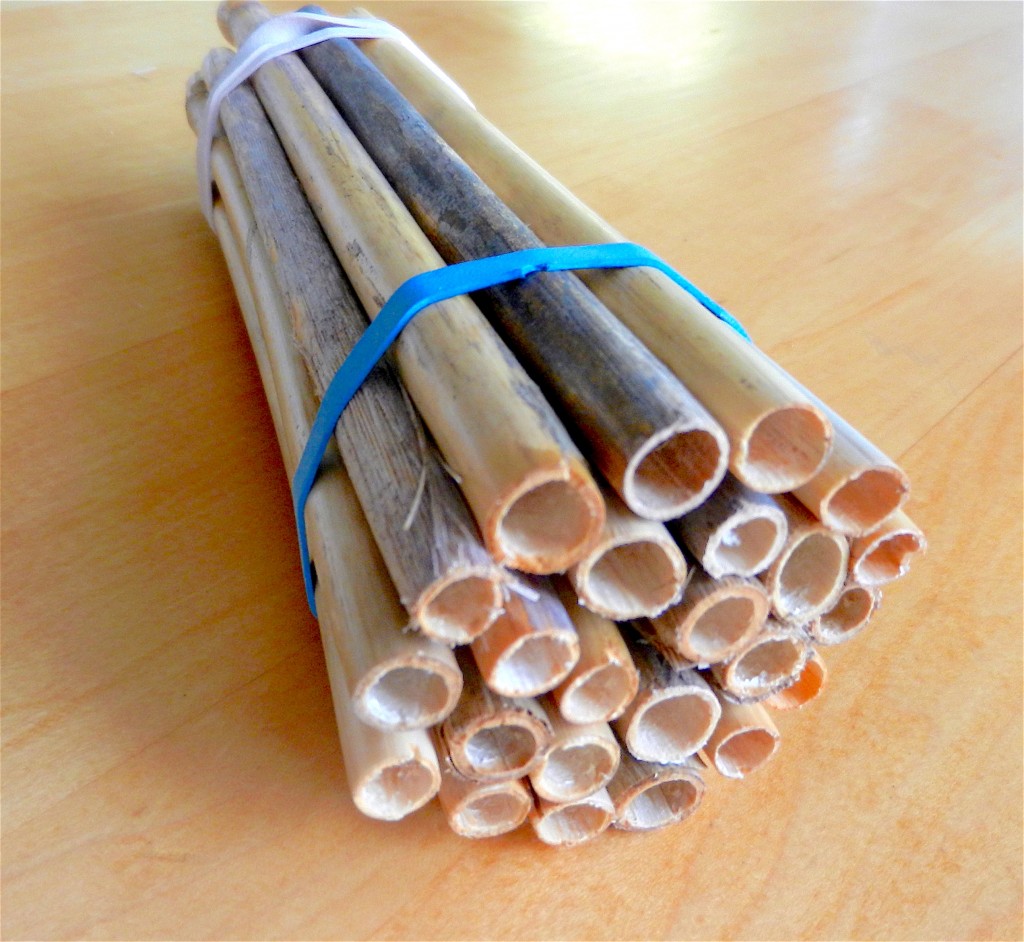 See other information about Phragmites and the harvest of it:
See other information about Phragmites and the harvest of it:
Some advantages of using Phragmites tubes over other commercially available tubes:
- Phragmites reeds are impervious to the parasitic wasp Monodontomerus, which can damage mason bee populations in thin straws.
- Reeds are cut at the node providing a natural wall providing a plug that allows moisture to escape while preventing water from entering the reed.
- You can build an inexpensive home by putting them in a piece of sewer pipe or a straight-walled jar, or you can assemble a wooden box to hold them. See several suggestions in the link above
Contact me to reserve your tubes for the spring 2016 season at the following e-mail: garryf (use the at sign) gmail.com
